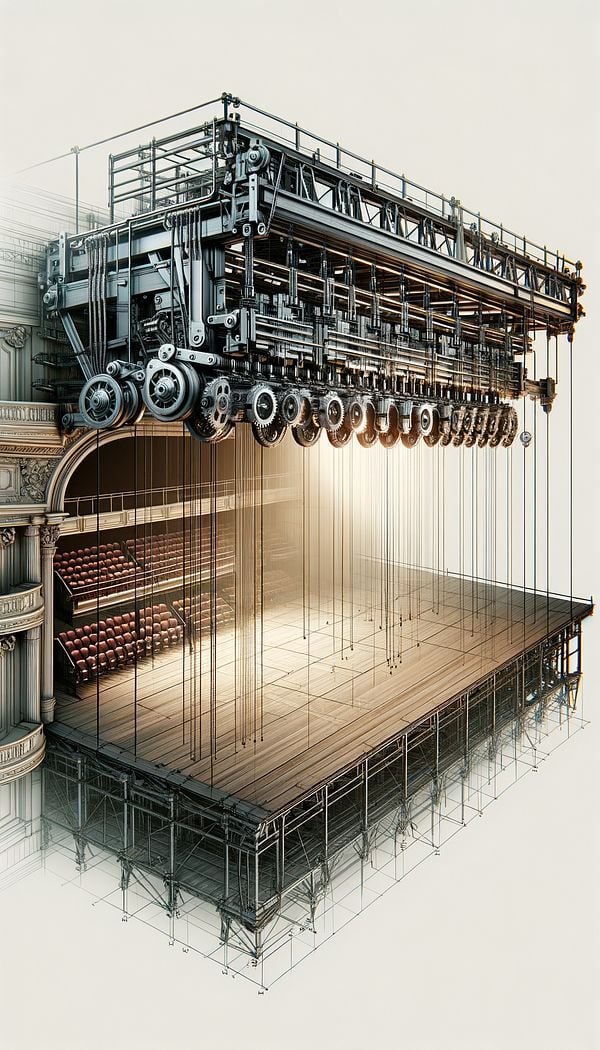What is a Fly Rail?
A system used in theaters for hanging and moving scenery and equipment.
Description
A fly rail, often referred to as a fly system, is an essential component in theatrical productions. It's a sophisticated rigging system installed above the stage, allowing for the vertical movement of scenery, lighting, and even actors. The system consists of a series of ropes, pulleys, and counterweights, all meticulously arranged to ensure seamless transitions between scenes.
Usage
In a theater, a fly rail might be used to swiftly change the scenery from a bustling city street to a serene park setting, all within the blink of an eye. It can also be employed to create dynamic lighting effects or to safely 'fly' actors across the stage, adding a spectacular dimension to performances.
FAQs
-
Is a fly rail only used in large theaters?
No, while commonly associated with larger theaters, fly rails can be found in various sizes to accommodate different performance spaces, from community theaters to school auditoriums.
-
What materials are used in a fly rail system?
Typically, fly rails are made from a combination of metal for the framework and pulleys, durable ropes, and counterweights to ensure balance and ease of movement.
-
Can a fly rail be manually operated?
Yes, fly rails are often manually operated by trained professionals known as flymen, although automated systems are increasingly common in modern theaters.
Practical Application
When planning or managing a theatrical production, understanding the capabilities and limitations of your venue's fly rail system is crucial for designing effective stage settings and dynamic scene changes. Collaboration with experienced flymen and theater technicians is essential to safely and creatively leverage this system.
-
Kiln DriedKiln drying is a process of removing moisture from wood by using a kiln.
-
MDF - Medium Density FiberboardMDF, or Medium Density Fiberboard, is a type of engineered wood product.
-
Stop Work OrderA legal document issued by a city or county to halt construction or renovation activities.
-
CorniceA cornice is an ornamental molding that runs along the top of a wall or a building.
-
Fly RailA system used in theaters for hanging and moving scenery and equipment.
